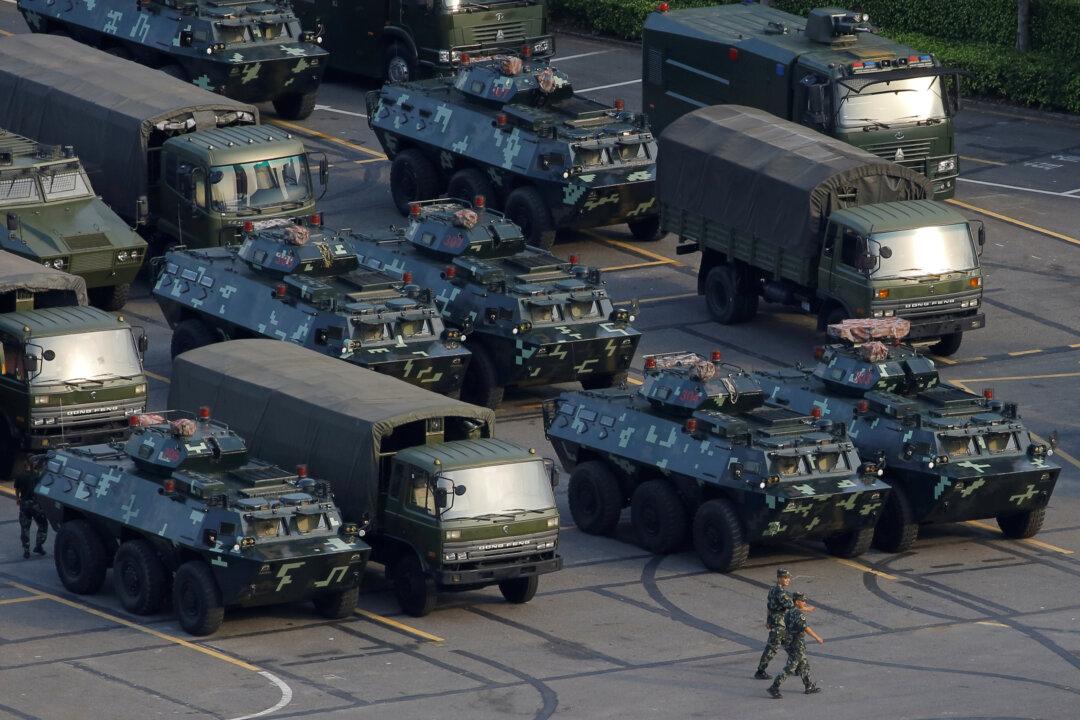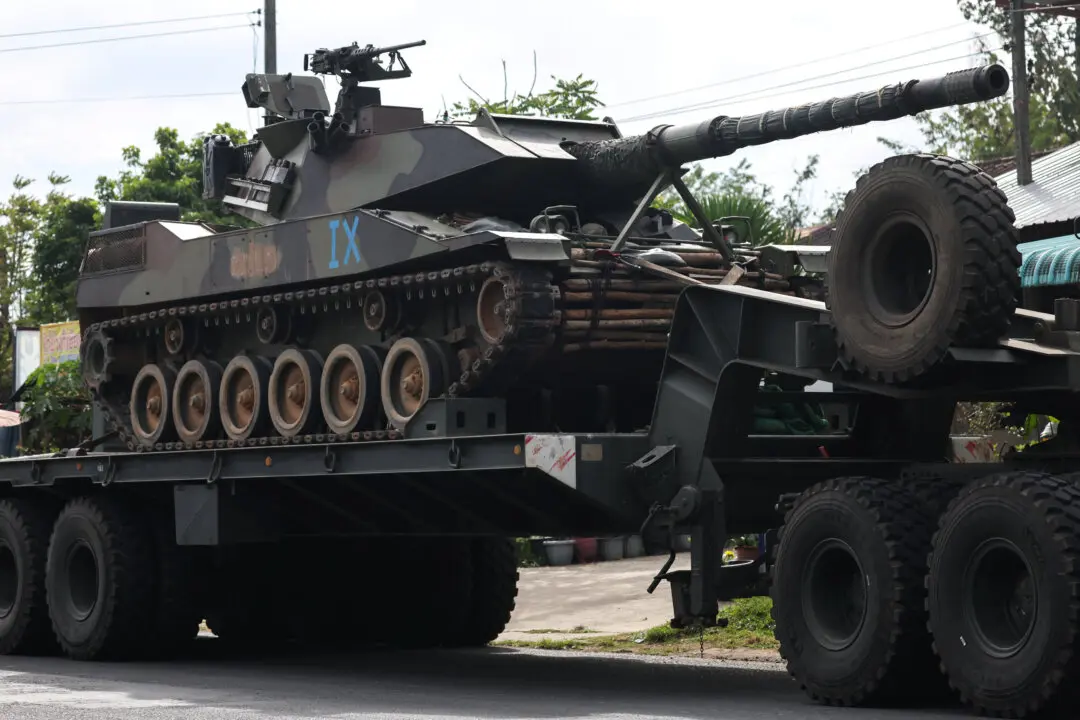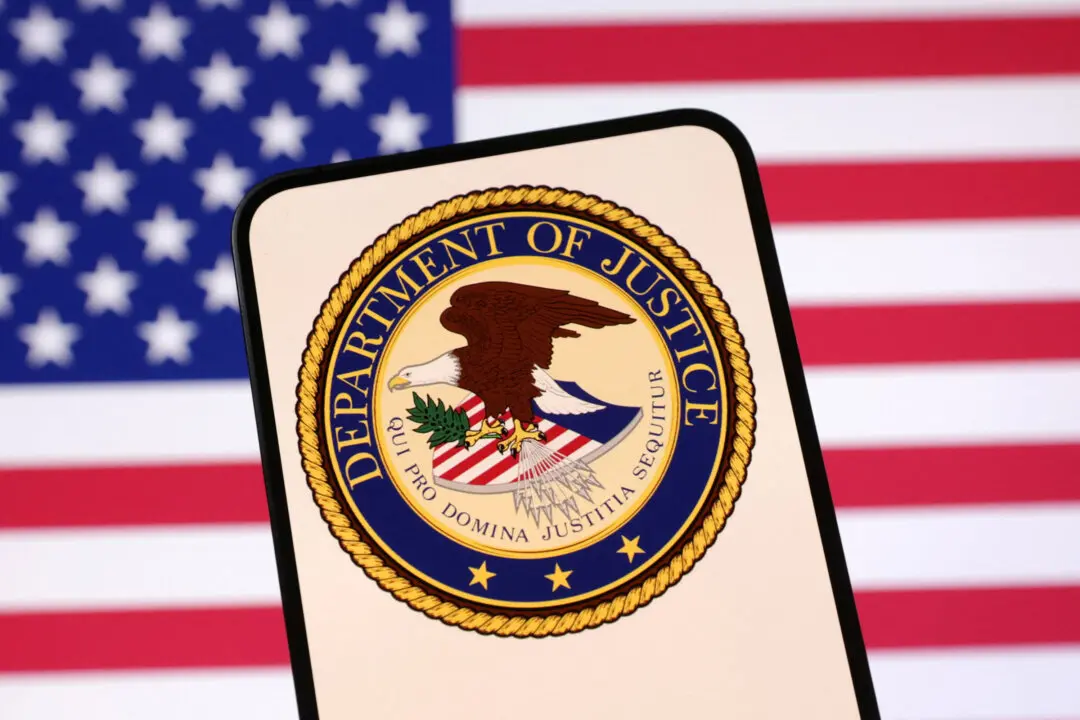HONG KONG–China has quietly more than doubled its deployment of mainland security forces in Hong Kong, according to foreign envoys and security analysts, in the most dramatic move yet by Beijing to prepare for a potential worsening of unrest in the global financial center.
Last month, Beijing moved thousands of troops across the border into this restive city, which has been wracked by protests since June. The state news agency Xinhua described the operation as a routine “rotation” of the low-key force China has kept in Hong Kong since the city’s handover from Britain in 1997.





